An Oregon Cataplana of Crawfish, Spot Prawns, Clams and Mussels in a Rich Saffron Broth
I grew up relatively close to Louisiana, at the end of the Hank Williams era. The mere mention of crawfish, crayfish, or crawdads, as my pre-adolescent friends and I called them, brings to mind Jambalaya on the Bayou.
Goodbye, Joe, me gotta go me oh my oh
Me gotta go pole the pirogue down the bayou
My Yvonne the sweetest one me oh my oh
Son of a gun we’ll have big fun on the bayou
Jambalaya and a crawfish pie and file gumbo
‘Cause tonight I’m gonna see my ma cher amio
Pick guitar fill fruit jar and be gay-o
Son of a gun we’ll have big fun on the bayou
I recall a vivid memory of my cousin Vernon and me bringing home a batch of crawdads from the creek in the field near his house and handing them over to our grandmother to fry up the tails. Big, brave stuff we were, foraging for our own wild food snack.
When I learned that Oregon is the second largest producer of crawfish, next to Louisiana, my boyhood curiosity was piqued. The Pelican State is accountable for about 90% of the nation’s crawfish, with the Beaver State making up a chunk of the remainder.
The American crawfish is a second cousin to the North Atlantic lobster, although smaller, and can be found in lakes and streams all over North America.
“The Northwest’s native Pacifastacus, or the ‘signal’ crawfish, is a bit larger (up to 6 inches) than Louisiana’s Red Swamp crawfish (up to 4 inches), and many say the meat is sweeter.
“Billy Hahn, executive chef at Portland’s Jake’s Famous Crawfish restaurant, uses only Oregon’s wild, native crawfish. ‘Our crawfish come from sandy-bottomed Lake Billy Chinook,’ he says. ‘The ones from Louisiana come from rivers and backwaters that have a lot more silt and mud. Our crawfish are very clean-tasting and have no muddy flavor at all.'” The Oregonian
Because I choose to cook some of my seafood alive, someone invariably brings up the subject of the coup de grace or final deathblow. “Humane” or “usually mercifully” often follows both phrases. I sought out scientific research on the pain threshold and vocalization capabilities of crustaceans and found the following information at www.chow.com.
Do lobsters really scream when you put them in boiling water? Or is it a myth?
David Foster Wallace, in Consider the Lobster: And Other Essays, explored this question exhaustively. But once again, the answer is: Absolutely not. They don’t have vocal chords or any other means of vocalization. Dr. Robert Bayer, a professor of animal and veterinary sciences at the University of Maine and director of the research organization the Lobster Institute, says if there’s any noise at all when the lobster hits the pot, it might be air coming out of its stomach through its mouth parts. “But it’s nothing that even resembles a scream,” says Bayer.
If they don’t scream, are they suffering in silence? Bayer’s Lobster Institute holds that the invertebrates have such primitive nervous systems (they have no brain and only 100,000 neurons versus a human’s 100 billion) that they don’t feel pain. A 2005 study financed by the Norwegian government reinforced this view.
With that contentious subject out of the way, on to the boil!
Finding live seafood isn’t easy, especially if you don’t live close to the source. Enter the fishmonger and market! One of our favorites is Om Seafood Company in Portland. Here you will find live spot prawns, Dungeness crab, lobster, periwinkle snails; manilla, steamer, geoduck and razor clams; oysters, and occasionally, even live king crab from Alaska. Uwajimaya in Beaverton is good, too, especially for multiple varieties of local oysters.
An Oregon Cataplana of Crawfish, Spot Prawns, Clams and Mussels in a Rich Saffron Broth
Adapted from a similar recipe from Gourmet*
“What is a cataplana?” you’re probably asking yourself. A cataplana is a Portuguese seafood dish as well as the vessel in which it is cooked. Shiny and beautiful as they are, a scrumptious and successful cataplana can be created with a cooking vessel already in your kitchen. I brought into service my All-Clad Brasier which performed perfectly and it’s designed to go from oven to table.
Once you begin cooking this dish, you should devote your attention mainly to it. Mise en place is a must-here, so have all ingredients within arm’s length and ready to go. My only side dish was an herbed, cumin-infused rice dish, which I started first.
Ingredients:
Serves 4 as a main course
- 4 or 5 garlic cloves, finely minced
- 1 shallot, finely minced
- 1 small onion, chopped
- 1 red bell pepper, cut into julienne strips
- 1 green bell pepper, cut into julienne strips
- ¼ cup (60 ml.) extra-virgin olive oil
- ½ cup (120 ml.) dry vermouth
- 2 cups (.5 lt.) dry white wine (I used a local pinot gris)
- ½ teaspoon (2.5 ml.) saffron, crumbled (or more to taste)
- 2 8-oz. (.25 lt.) bottles of good clam juice
- 16 or more hard-shell clams, such as steamers or manilla
- 2-3 dozen cultivated mussels
- 1 pound (450 gr.) fresh shrimp (live or head on, preferably)
- 16 or more live crawfish; if live aren’t available, substitute 1 pound (450 gr.) of frozen crawfish tail meat
- 1 vine-ripened tomato
- Salt and fresh ground pepper to taste
Method:
- In a heavy, shallow pan large enough to hold all ingredients, sauté the garlic, shallot, onion and bell peppers in the oil for several minutes to soften the peppers.
- Add the vermouth, wine and saffron and stir.
- Cook until reduced to about ½ cup (120 ml.)
- Add the clam juice and bring to a boil.
- Add the clams, cover and simmer until the clams begin to open.
- Add mussels, prawns, shrimp, crawfish, tomato, salt and pepper.
- Stir well to combine, cover and simmer for about 5 minutes.
- Discard any unopened clams or mussels.
- Remove seafood to a large serving bowl and continue boiling broth until reduced by about half.
- Pour the reduced broth over the seafood and serve.
* The original recipe called for frozen crawfish tails, and the addition of a cup (240 ml.) of heavy cream and sorrel which I chose to omit, though I’m sure it would be yummy.
Bon appétit
— Charles
Category: Seafood
About the Author (Author Profile)
Music, food and photography are at the center of Charles’ life. He performed with the Dallas Symphony, Dallas Opera and was assistant principal bassoonist with the Fort Worth Symphony for more than 20 years. When Charles and Victor moved to Baltimore, Charles created Lone Star Personal Chef and Catering Service and taught cooking classes at Williams-Sonoma. Now in Salem, Charles is a Realtor with Coldwell Banker Mountain West Real Estate, taught cooking classes for children at the A.C. Gilbert Discovery Village, and owns and operates Charles Price Photography. Charles and Vic enjoy entertaining and frequently host dinners as fundraisers for local non-profits and charities

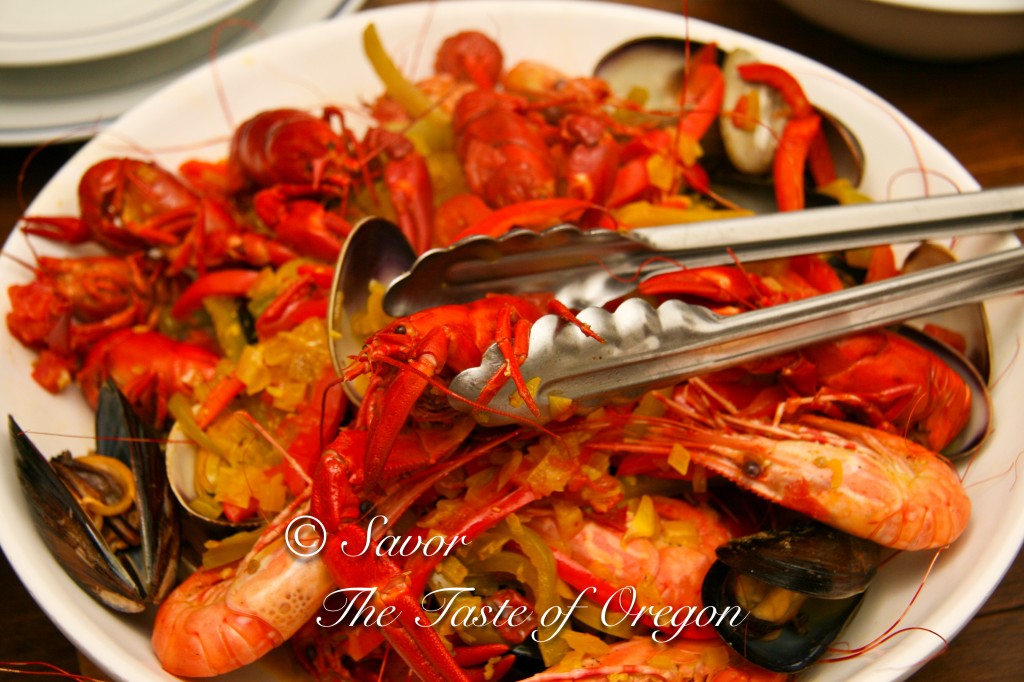
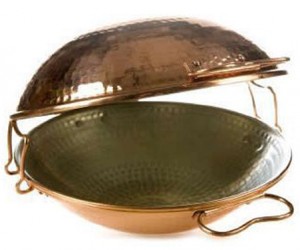






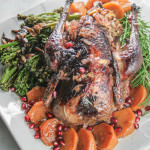

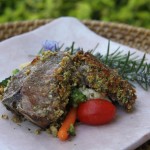




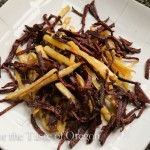


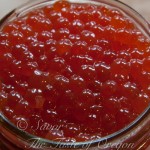

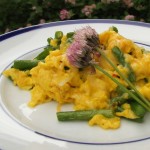
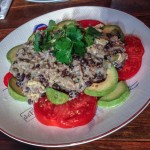

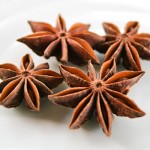
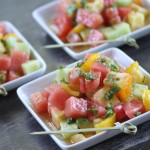


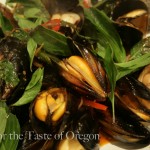



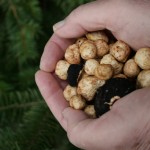
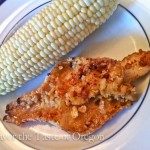

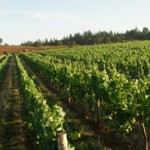
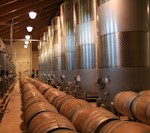
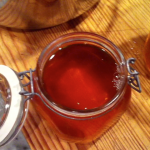











Sounds mighty tasty to me. Having lived close to and in Louisiana we had some good fish from time to time A lot of our fish came from Bill catching it in Caddo Lake. I even brought in a 4 pound bass once. What a thrill.